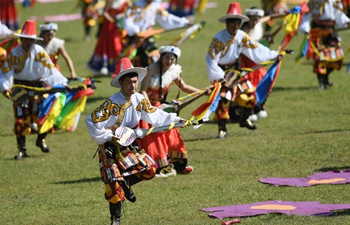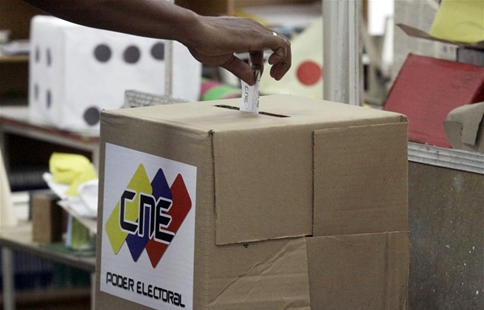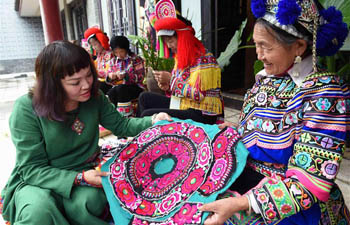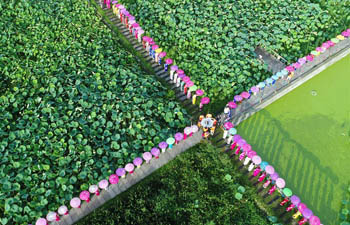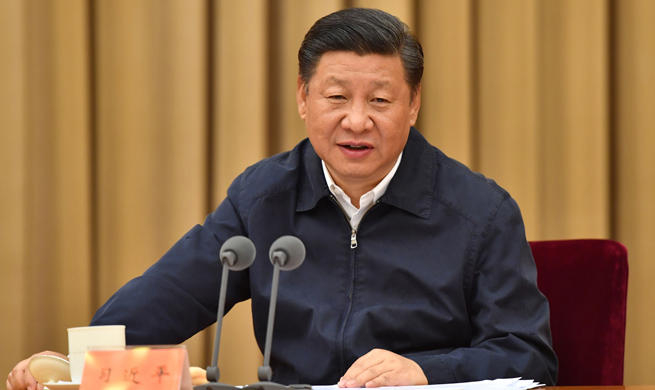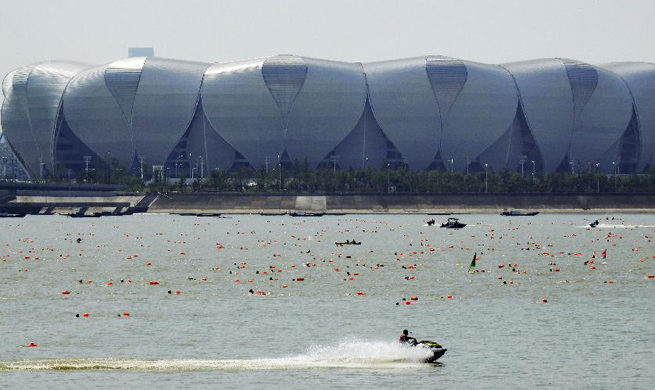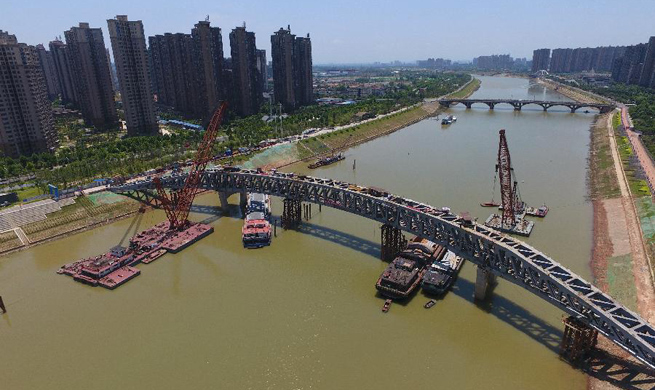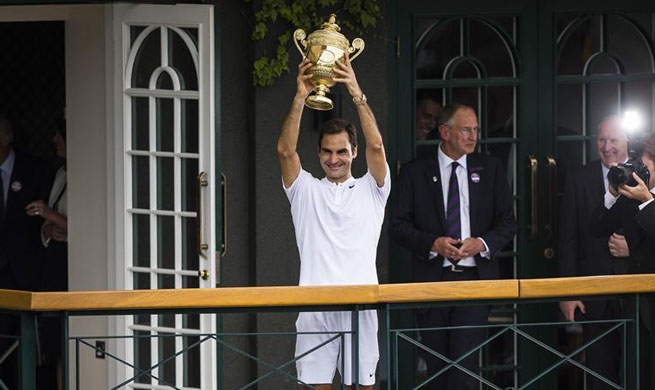PHNOM PENH, July 17 (Xinhua) -- Thousands of Cambodians on Monday evening celebrated the inscription of the country's Sambor Prei Kuk archeological site on the United Nations Educational, Scientific and Cultural Organization (UNESCO)'s World Heritage List.
Built by Isanavarman I, King of the Chenla Empire, the 7th century Sambor Prei Kuk temple, or "temple in the richness of the forest" in the Khmer language, was listed as a world heritage site during the World Heritage Committee's 41st session in Krakow, Poland on July 8.
It became Cambodia's third tangible cultural property that has been inscribed on the World Heritage List.
Addressing to about 10,000 revelers at the National Olympic Stadium in Phnom Penh, Cambodian Prime Minister Samdech Techo Hun Sen said it was another historic event for Cambodia in preserving and developing cultural heritage.
"This is a new pride for the whole nation," he said during the celebration which was live broadcast on TV.
He said the listing of Sambor Prei Kuk archeological site as a world heritage site would greatly contribute to the development of the kingdom's tourism industry.
Meanwhile, the prime minister called on the compatriots to join him in protecting the country's hard-won peace and national cultural heritage, both tangible and intangible properties.
Located in a quiet patch of forest in Kampong Thom province, about 193 km north of capital Phnom Penh, the archaeological site of Sambor Prei Kuk is the most important religious center of the pre-Angkorian period.
According to a UNESCO's news release, the site has been identified as Ishanapura, the capital of the Chenla Empire, that flourished in the late 6th and early 7th century.
Covering an area of 25 square km, the vestiges of the onetime capital include a walled city center and numerous temples with decorated sandstone elements, some of which "are true masterpieces," the release said.
To date, three tangible cultural properties in Cambodia have been placed on the World Heritage List. The first two listed properties are the 12th century Angkor archeological park inscribed in 1992 and the 11th century Preah Vihear Temple included in 2008.
Tourism is one of the four pillars supporting the Cambodian economy. In 2016, Cambodia welcomed 5 million foreign tourists, earning gross revenue of 3.4 billion U.S. dollars, according to the Tourism Ministry.
The Southeast Asian nation is expected to attract up to 7 million foreign arrivals in 2020 with estimated revenue of 5 billion U.S. dollars.




